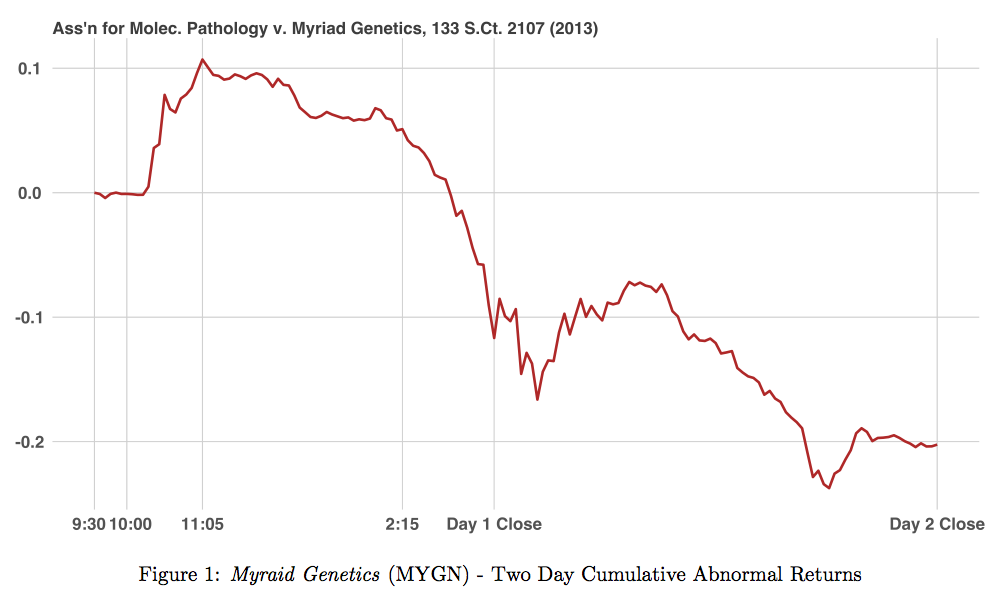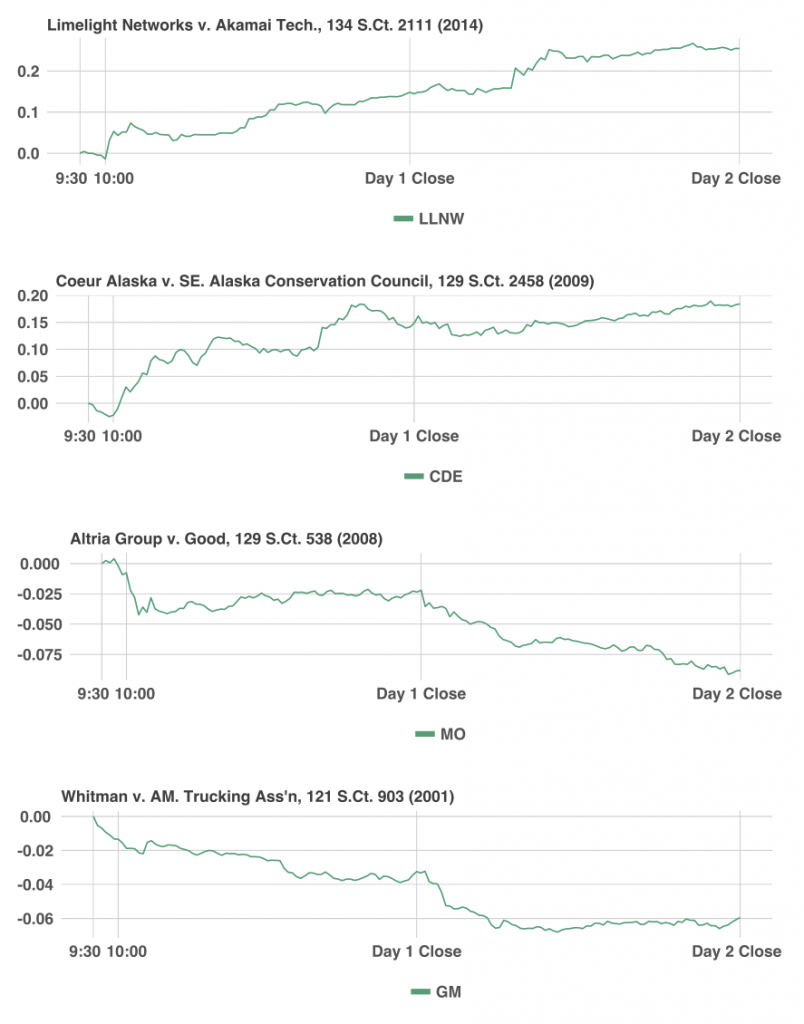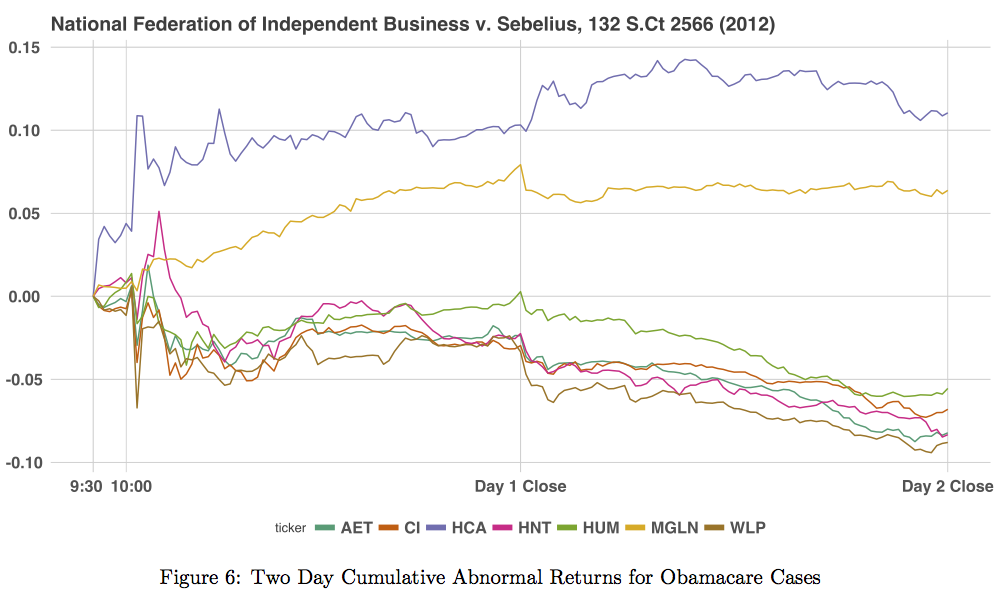Interesting, and important piece from the Professor Ribstein, titled Practicing Theory: Legal Education for the 21st Century, on how law schools should evolve in the 21st century to meet the demands of the market. In short, law schools should encourage students to be “creators,” and not mere “mechanics.” Here is the abstract:
Law practice and legal education are facing fundamental changes. Many assume that these changes will force law schools to give up on theory and focus more on training students for the practice of law. However, this essay shows that the future may be more uncertain and complex. The only thing that is certain is that law schools may face, for the first time, the need to provide the type of education the market demands rather than serving lawyers’ and law professors’ preferences. Legal educators must respond to these demands by serving not just the existing U.S. market for legal services but also a global market for legal information. This may call for training in some, but not all, of the theories and disciplines that have been developing in law schools.
From the intro:
This essay shows that, contrary to the long-accepted wisdom, law schools do notface a choice between ―theory‖ and ―practice.‖ Rather, they face for the first time theneed to provide the type of education the market demands instead of serving lawyers’ andlaw professors’ preferences. Legal education must respond to these demands byproviding not just practice skills suited to the existing market for legal services, but alsothe knowledge and skills that enable law graduates to function in the new legalinformationmarket. Ironically, this calls for the application of many theories nowdeveloping in law schools. In other words, to some extent law schools and markets havebeen moving independently in the same direction. Market pressures may now lead to agreater convergence.
From the final section:
Lawyers and law professors have a shared visionof the future based on lawyers doing pretty much what they have done for over a centuryand mainly disagree over who must prepare law students for this work. The most radicalproposals include one law school’s reshaping its third-year curriculum to devote it to―moving students out of the classroom and into the real world of legal practice.‖55However, the developments discussed above may force more radical changes. Fewer ofthe traditional law jobs for which students used to be trained may be available while newopportunities open up for which law schools need to prepare their graduates. Lawgraduates may have to be trained to compete with other types of service and informationproviders rather than just with traditional practicing lawyers.
The key implication of these developments for legal education is that althoughlaw students formerly practiced law made primarily by a relatively narrow group ofpolicymakers, future lawyers may be more directly involved in creating laws and otherbasic legal materials. Law practice traditionally involves applying recognized principlesto the facts of particular cases in advising and litigating for clients. This workoccasionally requires practitioners to have a deep understanding of the policiesunderlying cases and statutes. However, most applications of readymade law are routine.In these cases, understanding particular facts and circumstances and crafting strategy andarguments matter more than fundamental policy analysis. In other words, practicinglawyers are usually more like mechanics than designers. . . . In contrast to lawyers’ traditional roles, legal experts competing in the new legalmarkets described in Part II may be more like designers creating legal materials thanmechanics using them.
This seems to fit neatly into my earlier post about the future battle royale between computers and lawyers. As I previously noted:
What isn’t written here is that the nature of legal jobs will change. No longer will attorneys make their way by doing menial doc review. Attorneys will have to think of how to create value, either through assembling good transactions or engaging in smart litigation. Technology will certainly make this easier, but even so, not all attorneys can do this. Even if the aggregate of legal jobs does not decrease, certain types of positions will no longer be relevant.
The future value of attorneys will be creating, not merely futzing with something someone else created. We need more “designers” and less “mechanics.” Document review and other rote tasks can easily be replaced by computers/outsourcing/non-attorney services like LegalZoom. Our comparative advantage is, to put it in Lockean terms, mixing labor to create value-innovating, creating, inspiring. For that reason, I’m not really concerned that Google will create some supercomputer to write better articles than me. Ain’t gonna happen.
I think my insight applies equally to legal education, as it does to the needs of the legal workforce. As Ribstein argues, the market of the latter should dictate the approach taken by the former.
What does Ribstein recommend?
Well for one, in order to teach law, one would need a doctorate (SJD, or some equivalent):
A possible solution is to require a doctoral law degree to teach law, as is the casein countries outside the United States. The U.S. equivalent might be to adapt the SJDdegree, currently largely reserved for foreigners seeking to enter U.S. law teaching, as ageneral requirement for all law professors. Study for this degree could include the variousacademic disciplines that have been brought into legal academia.79
What about the mix between teaching theory and practice?
All of this is not to say that law schools should give up training students fortraditional lawyers’ work such as litigation and transactional work. Law schools likelywill continue to have clinical and skills courses. But perhaps these courses should betaught with a view toward integrating even traditional lawyer work with the latest theory,either by practice/theory teams or by practitioners who have advanced degrees.
The key is abandoning uniformity. Ribstein focuses on the strategy of Dean Henry G. Manne, who helped my alma matter enter the upper echelon of law schools by thinking outside the box.
The solution to this problem must lie in law schools’ abandoning the uniformitythat has gripped legal education since the ABA first promoted licensing and accreditationrules almost a century ago. Law schools face barriers when they attempt to stand out fromthe crowd. A prominent example is Dean Henry G. Manne’s experience at George MasonUniversity School of Law.80 At a time when schools were only just beginning to teachlaw and economics, Manne sought to establish an entire curriculum based on thisanalysis. He replaced much of the existing faculty and spearheaded the establishment of arigorous specialty-track system, replacing the standard generalist program at other lawschools. Instead of students freely choosing courses after the first year, track studentstook a structured system of courses in which each built on earlier courses, culminating ina thesis course. In the first year, instead of focusing on how to read judicial opinions,students took a required ―quantitative methods‖ course providing instruction ineconomics, finance, and accounting. Instructors in upper-class courses could then assumethat all students had this knowledge and build on it. Manne’s innovation, however, metresistance from one of law schools’ two accrediting agencies, the AALS.81 A key AALS 27committee was concerned that the law school’s need for instructors who could teach thesophisticated economics its program entailed would not meet the organization’s implicitracial and gender diversity standards.
Ribstein also considers offering different types of law degrees, rather than the single J.D.:
One possible compromise is toretain the general-purpose law degree, but create alternative professional classificationsthat allow legal experts to be accredited by public or private agencies in specialties with acore (say a year) of legal training plus a year or two of training in the specialty. Thisprocedure could be a hybrid of licensing and certification. It would combine a mandatorycore with a permissive certification in the specialty area. The specialty training couldcombine theoretical training with externships, internships, and clinical or laboratorywork. Some possible applications of this approach could be degrees in such new fields as―trial engineering‖ or ―transaction development.‖
No doubt entrenched interests will be opposed to removing barriers to entry, but Ribstein suggests market forces may help usher in this change.
One part in particular of Ribstein’s articular appeals to me, especially in light of FantasySCOTUS.net:
The increasing ability to make more accurate predictions of legal results providessignificant opportunities for lawyers as information engineers. For example, severalstudies have focused on making sense of the particularly amorphous law on piercing thecorporate veil.68 The availability of PACER (Public Access to Court ElectronicRecords)69 enables lawyers and scholars to determine how data in case records other thanfinal judicial opinions affect litigation results.70 Theories based on, among other things,economic analysis, psychology, sociology, decision theory, and political science, couldhelp determine relevant variables. Lawyers also might make predictions by acquiringcomputing skills or collaborating with computer scientists to develop new algorithms foranalyzing extensive databases.71 Policymakers might even choose to adopt some of theseprediction mechanisms for designing newer, more cost-effective legal systems.
Yep. I’m on it.
More from Professor Bainbridge.


